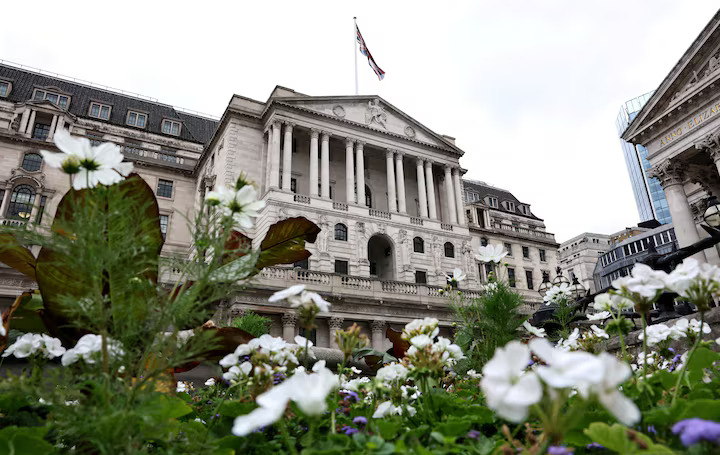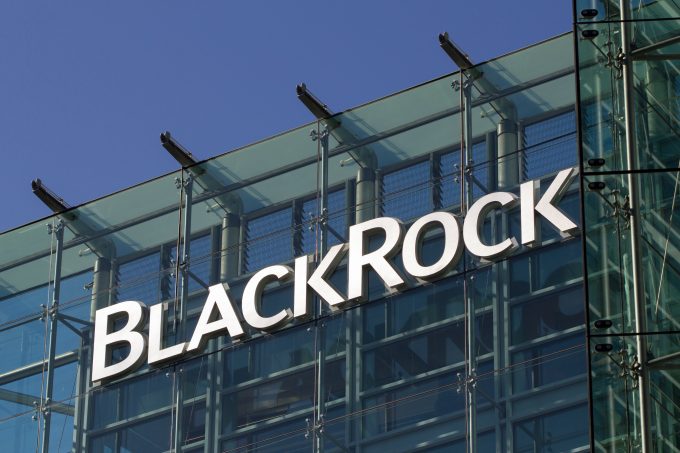The Bank of England (BoE) has clarified that its proposed limits on stablecoin usage will be temporary, easing concerns among crypto market participants about overly restrictive regulation. The central bank emphasized that these caps are intended as a “transitional safeguard” while the financial system adapts to incorporating stablecoins into mainstream payments — a move that could eventually reshape the digital asset landscape in the UK.
Market Reaction: Crypto Sector Welcomes Regulatory Flexibility
Crypto investors and payment firms reacted positively to the BoE’s clarification, viewing it as a sign of regulatory maturity and openness to innovation. Stablecoins such as Tether (USDT) and USD Coin (USDC) — which collectively represent over $140 billion in circulating supply — have long faced skepticism from central banks concerned about financial stability and money laundering risks.
Following the BoE’s statement, market sentiment improved across the sector, with Bitcoin (BTC) trading near $64,800 and Ether (ETH) hovering around $2,430. Analysts suggest that the BoE’s nuanced stance could boost institutional confidence and support greater adoption of tokenized payment instruments within regulated frameworks. As one London-based fund manager noted, “The Bank is signaling that stablecoins are not being banned — they’re being managed into the system.”
Regulatory Implications: Bridging Digital Assets and Traditional Finance
The BoE’s temporary limits will apply to the total value of stablecoin transactions processed by regulated payment firms. The framework is designed to prevent systemic risks during the early phases of adoption while allowing regulators to observe real-world data on liquidity, redemption behavior, and operational resilience.
This approach aligns with the UK government’s broader strategy to position the country as a global hub for digital finance. The Treasury has already proposed legislation that would bring stablecoin issuers under the Financial Services and Markets Act (FSMA), ensuring that reserve assets are held securely and redemption rights are protected. By adopting a phased implementation, the BoE aims to balance innovation with prudential oversight — a contrast to the more conservative stance taken by the European Central Bank under MiCA regulation.
Investor Sentiment and Strategic Perspective
For institutional investors, the BoE’s clarification removes a key uncertainty around the UK’s digital asset roadmap. Stablecoins are increasingly seen as a bridge between crypto markets and traditional finance — enabling faster settlements, 24/7 liquidity, and tokenized asset trading. Limiting their use indefinitely would have risked stifling growth in fintech innovation, decentralized finance (DeFi), and tokenized securities.
Many market participants believe the central bank’s temporary cap indicates a willingness to evolve the framework based on performance and compliance metrics. This approach could attract more corporate treasuries and asset managers to experiment with blockchain-based payments and liquidity management, particularly as short-term interest rates in traditional markets remain elevated above 5%.
Outlook: A Phased Path Toward Digital Integration
The BoE’s decision underscores the growing global consensus that stablecoins, when properly regulated, can coexist with — and even strengthen — traditional monetary systems. The next phase will likely involve pilot programs between regulated banks and fintech firms, testing real-time settlement models and interoperability between digital and fiat systems.
For investors, the message is clear: the UK is not retreating from digital finance but setting the foundation for its long-term integration. While questions remain around capital treatment, cross-border usage, and data privacy, the regulatory trajectory points toward convergence rather than conflict between crypto innovation and central banking. The coming months will reveal whether the BoE’s pragmatic stance can make the UK a leader in stablecoin-based financial infrastructure.













https://shorturl.fm/NRaic